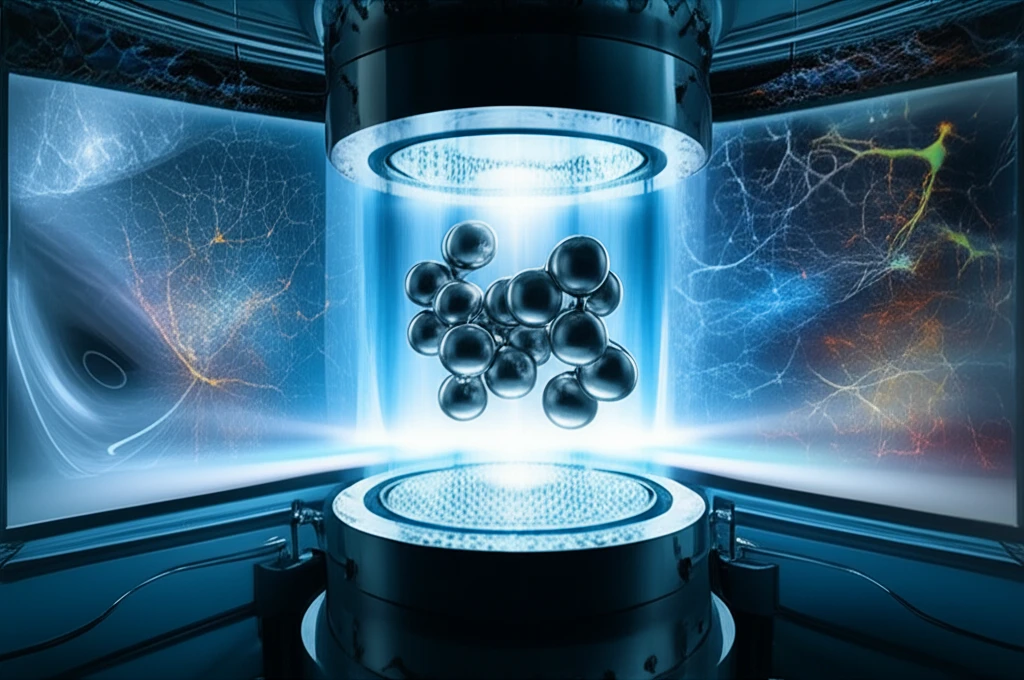
Decoding Nanomaterials: What Annealing Reveals About Iron and Platinum
"Unlocking the Secrets of Metal Layers Through Low-Temperature Annealing"
In the fast-evolving world of microelectronics, the ability to manipulate materials at the nanoscale is crucial. One key process in creating advanced devices involves arranging nanosized metal clusters into precise arrays. A technique called agglomeration, or dewetting, is used to achieve this, and understanding how metals behave during this process is essential.
A recent study published in the Journal of Applied Crystallography delves into the behavior of iron (Fe) nanolayers coated with platinum (Pt) when subjected to low-temperature annealing—a heat treatment process. By observing the changes in these materials at the atomic level, scientists are gaining valuable insights that could revolutionize various industries.
Using advanced techniques like X-ray diffuse scattering and grazing-incidence small-angle X-ray scattering (GISAXS), researchers can analyze the structure and morphology of these nanolayers. These methods allow them to measure different correlation lengths—distances over which structural order is maintained—and relate these measurements to the sizes of individual grains, which are like tiny building blocks within the material.
What Happens When Iron Meets Platinum Under Heat?

The study focused on how the grain morphology of iron nanolayers evolves when coated with platinum and then annealed at a relatively low temperature of 473 K (200°C or 392°F). The scientists created several samples, each with slightly different arrangements of iron and platinum layers. These included simple bilayers (two layers), as well as more complex multilayers with alternating compositions. One notable variation involved doping some of the iron layers with aluminum to control grain size.
- X-ray Diffuse Scattering and Grazing-Incidence Small-Angle X-ray Scattering (GISAXS): These methods provide information about the size, shape, and arrangement of nanostructures within the material.
- Transmission Electron Microscopy (TEM): TEM allows scientists to see individual atoms and grains, revealing the microstructure of the samples.
- X-ray Reflectivity (XRR): This technique measures the thickness, roughness, and density of thin films.
- X-ray Diffraction (XRD): XRD identifies the crystalline structure of the materials.
What This Means for the Future of Electronics
This research offers crucial insights into how metal nanolayers behave under thermal treatment. These findings can be used to optimize the fabrication processes of microelectronic devices, potentially leading to more efficient and reliable technologies. Understanding how to control agglomeration and maintain stable interfaces between different materials is vital for creating smaller, faster, and more energy-efficient electronic components. Moreover, the techniques used in this study can be applied to investigate other material systems, accelerating the development of new nanotechnologies.
